
Francesco Borromini, byname of Francesco Castelli, was an Italian architect born in the modern Swiss canton of Ticino who, with his contemporaries Gian Lorenzo Bernini and Pietro da Cortona, was a leading figure in the emergence of Roman Baroque architecture.

Baroque architecture is a highly decorative and theatrical style which appeared in Italy in the early 17th century and gradually spread across Europe. It was originally introduced by the Catholic Church, particularly by the Jesuits, as a means to combat the Reformation and the Protestant church with a new architecture that inspired surprise and awe. It reached its peak in the High Baroque (1625–1675), when it was used in churches and palaces in Italy, Spain, Portugal, France, Bavaria and Austria. In the Late Baroque period (1675–1750), it reached as far as Russia and the Spanish and Portuguese colonies in Latin America, beginning in about 1730, an even more elaborately decorative variant called Rococo appeared and flourished in Central Europe.

Vincenzo Scamozzi was an Italian architect and a writer on architecture, active mainly in Vicenza and Republic of Venice area in the second half of the 16th century. He was perhaps the most important figure there between Andrea Palladio, whose unfinished projects he inherited at Palladio's death in 1580, and Baldassarre Longhena, Scamozzi's only pupil.
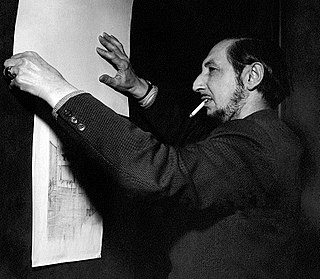
Carlo Scarpa was an Italian architect, influenced by the materials, landscape and the history of Venetian culture, and by Japan. Scarpa translated his interests in history, regionalism, invention, and the techniques of the artist and craftsman into ingenious glass and furniture design.

Francesco Bartolomeo Rastrelli was an Italian architect who worked mainly in Russia. He developed an easily recognizable style of Late Baroque, both sumptuous and majestic. His major works, including the Winter Palace in Saint Petersburg and the Catherine Palace in Tsarskoye Selo, are famed for extravagant luxury and opulence of decoration.
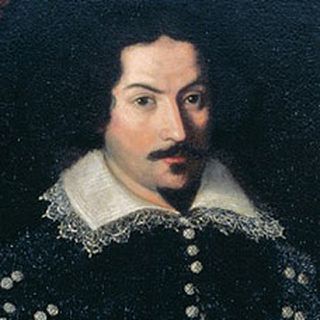
Carlo Maderno (Maderna) was an Italian architect, born in today's Ticino, who is remembered as one of the fathers of Baroque architecture. His façades of Santa Susanna, St. Peter's Basilica and Sant'Andrea della Valle were of key importance in the evolution of the Italian Baroque. He is often referred to as the brother of sculptor Stefano Maderno, but this is not universally agreed upon.

Michele Sanmicheli (1484–1559), was a Venetian architect and urban planner of Mannerist-style, among the greatest of his era. A tireless worker, he was in charge of designing buildings and religious buildings of great value.

Castelfranco Veneto is a town and comune of Veneto, northern Italy, in the province of Treviso, 30 kilometres by rail from the town of Treviso. It is approximately 40 km (25 mi) inland from Venice.
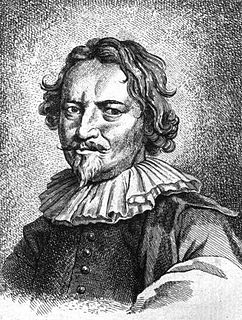
Carlo Fontana was an Italian architect originating from today's Canton Ticino, who was in part responsible for the classicizing direction taken by Late Baroque Roman architecture.

Francesco di Giorgio Martini (1439–1501) was an Italian architect, engineer, painter, sculptor, and writer. As a painter, he belonged to the Sienese School. He was considered a visionary architectural theorist—in Nikolaus Pevsner's terms: "one of the most interesting later Quattrocento architects". As a military engineer, he executed architectural designs and sculptural projects and built almost seventy fortifications for the Federico da Montefeltro, Count of Urbino, building city walls and early examples of star-shaped fortifications.

Francesco Maria Richini was an Italian Baroque architect.

Domenico Antonio Vaccaro was an Italian painter, sculptor and architect. He created many important sculptural and architectural projects in Naples. His later works are executed in an individualistic Rococo style.

The Galli-Bibiena family, or Galli da Bibiena, was a family of Italian artists of the 17th and 18th centuries, including:
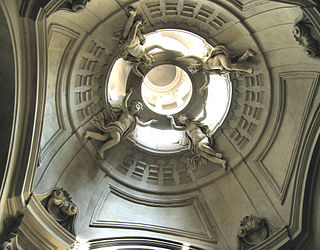
Antonio Gherardi was an Italian painter, architect, and sculptor (stuccoist) of the Baroque style, active mainly in and near Rome and his native city of Rieti.

Italian Baroque architecture refers to Baroque architecture in Italy.
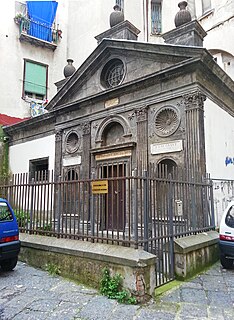
Giovanni Francesco Mormando was an Italian architect active in Naples, Italy.

Angelo Venturoli was an Italian architect.
Plautilla Bricci was a 17th-century Roman architect, painter and sculptor; she was the only female architect of her day. Her most famous work is Villa Benedetti near the Porta San Pancrazio, Rome. She also designed the third chapel on the left aisle in the Church of San Luigi dei Francesi, Rome, dedicated to St. Louis, having also painted the altarpiece in this chapel.

Villa Spineda Gasparini Loredan is an 18th-century Palladian style villa of the noble Loredan family located in the town of Volpago del Montello in the Veneto region of northeast Italy. It is regarded as one of the most beautiful villas of the Veneto.


















